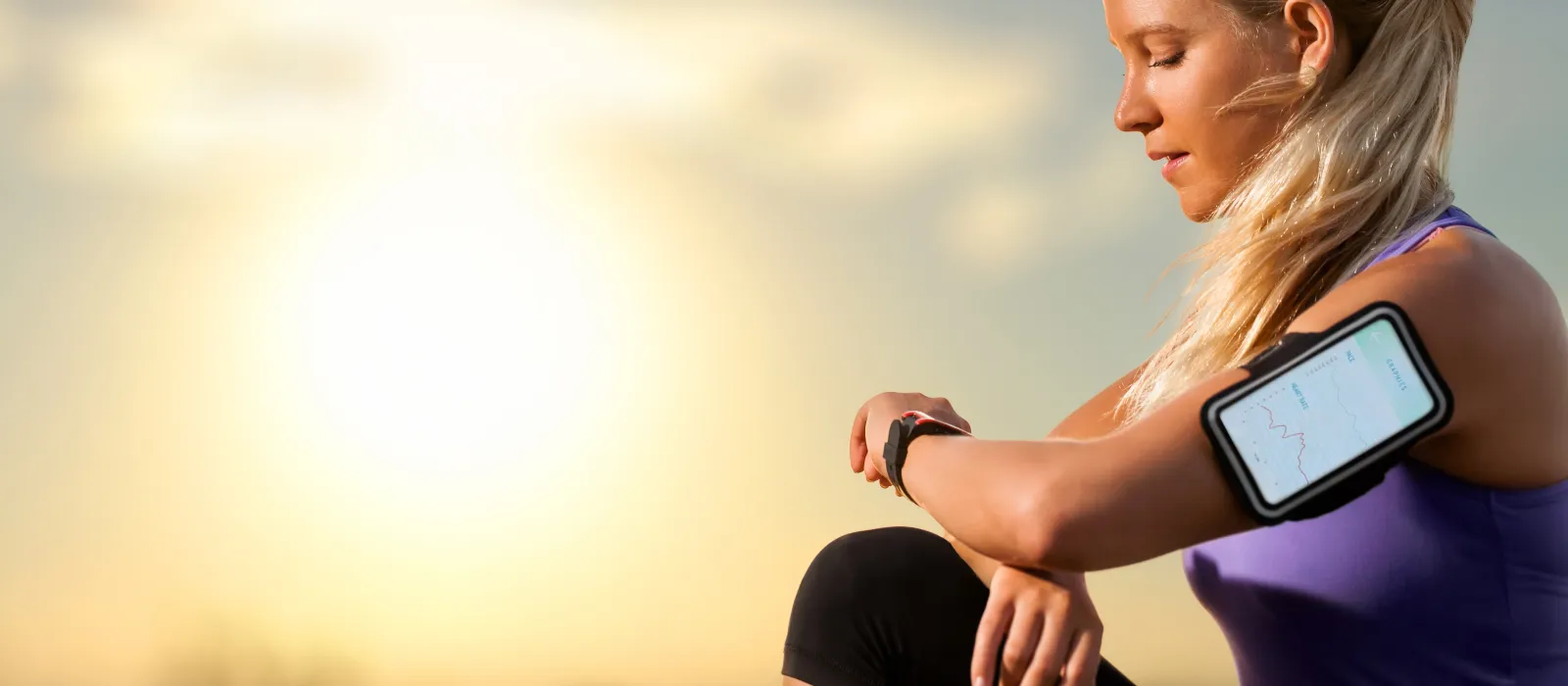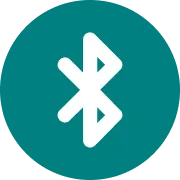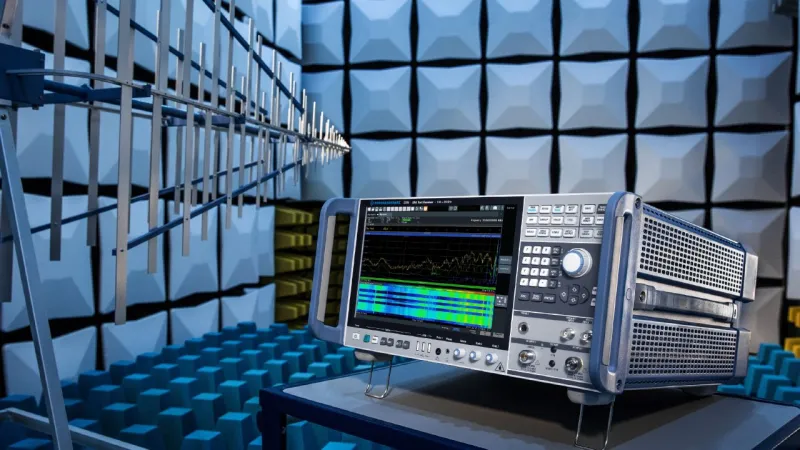
Regulatory Testing for Bluetooth Devices
The use of Bluetooth technology requires various tests, which are a prerequisite for successful market access. IB-Lenhardt AG offers regulatory testing services as well as test scenarios according to the specifications of the Bluetooth SIG by a recognized Bluetooth Qualification Consultant (BQC).
Bluetooth Product Testing
Bluetooth® technology connects our world - without any wires at all. Among other things, it enables computers, laptops, smartphones and even medical devices to communicate over short ranges using UHF radio waves in the globally available ISM band at 2.4 GHz. However, in order for the respective devices to function without restriction with this technology, they must undergo a series of tests before they are certified and thus approved for the market. Whether tests of radio frequencies, electromagnetic compatibility (EMC) or even electrical safety tests - we carry out all the necessary tests under one roof and are also available to you as a testing partner for certification in accordance with the specifications of the Bluetooth SIG (Special Interest Group).
Bluetooth Testing in our EMC Lab
Compliance with applicable standards is crucial for selling consumer electronics and devices with Bluetooth technology on the global market.
Our pre-compliance tests ensure rapid market access without you having to make costly subsequent changes to your products. We are at your side and offer comprehensive support in planning, testing and certification.
Contact us today for a customized offer.
Regulatory Standards
A market launch of an end product with radio technology is only possible if it complies with the regulations valid in the respective target country. These are specified by the local authorities.
Bluetooth Technologies and Regulation
Our video provides an overview of the latest Bluetooth technologies and the importance of regulatory testing for Bluetooth products. It explains the different types of regulatory testing required for Bluetooth devices to ensure they are compliant with the relevant standards and regulations. The video also highlights why IB-Lenhardt AG is the ideal testing partner for Bluetooth products, as we have extensive experience and offer a comprehensive range of testing services. Overall, the video provides valuable insights into the world of Bluetooth technology and regulatory testing.
Testing Scope
You want to develop a Bluetooth® product from scratch or integrate already qualified designs – we work with state-of-the-art equipment in our accredited testing facilities to perform any regulatory testing of your Bluetooth devices. Our BQC will guide you through the entire process.
-
Basic Rate / Enhanced Data Rate (BR/EDR)
-
RF-PHY Tests Bluetooth Low Energy (BLE)
- BT5 Features: LE 2M PHY (2 Mbit Modus) LE Coded PHY (Long Range) Stable Modulation Index (TX/RX)
-
Protocol Tests (Host-Protocols, e. g. for BlueZ)
- BT classic: L2CAP, GAP, SDP, RFCOMM, SDP BLE: L2CAP, GAP, GATT, ATT, SM
-
Profile Tests (with PTS)
- BT classic: HFP, A2DP, AVRCP, OPP, MAP, IOPT, PBAP etc. BLE: BAS, DIS, HIDS, IAS, FMP, TIP, TPS etc.
Knowledge Base
Bluetooth Regulatory Compliance
Learn how Bluetooth devices are regulated under regional frameworks such as CE, FCC, ANATEL, and SRRC – including spectrum usage and SRD testing obligations.
Bluetooth Devices: Worldwide Market
Latest Bluetooth-Technologies
Bluetooth Low Energy (BLE)
Bluetooth Low Energy is an innovative wireless standard that allows a Bluetooth connection to be established with low transmission power and low power consumption. This technology has many applications in fitness trackers, sensors and toys. The big advantage is that a connection can be established without wasting unnecessary energy. Only a minimum transmission power of about 10 mW is required.
However, Bluetooth Low Energy also has some disadvantages. It is generally slower than classic Bluetooth and its range is limited to about 10-40 meters because it has a reduced transmission power. In addition, Bluetooth LE has limited backward compatibility, which means that a connection can only be established if the remote device also supports Bluetooth Low Energy. Fortunately, most devices from Bluetooth 4.0 onward support this technology, which increases compatibility.
Smartphones and Computers usually have both Bluetooth interfaces: a normal Bluetooth interface (BR/EDR controller) and Bluetooth Low Energy support (LE controller). Pure BLE devices only have support for the low-power variant.
Comparison
Classic Bluetooth and Bluetooth Low Energy (BLE)
Classic Bluetooth
| Range | 100 m |
|---|---|
| Data rate | 1 - 3 Mbps |
| Application throughput | 0.7 - 2.1 Mbps |
| Frequency | 2.4 GHz |
| Security | 56/128-bit |
| Robustness | Adaptive fast frequency hopping, FEC, fast ASK |
| Latency | 100 ms |
| Time lag | 100 ms |
| Voice capable | Yes |
| Network topology | Star |
| Power consumption | 1 W |
| Peak current consumption | less than 30 mA |
Bluetooth Low Energy
| Range | Up to 100 m |
|---|---|
| Data rate | 1 Mbps |
| Application throughput | 0.27 Mbps |
| Frequency | 2.4 GHz |
| Security | 128-bit AES with Counter Mode CBC-MAC |
| Robustness | 24-bit CRC, 32-bit Message Integrity Check |
| Latency | 6 ms |
| Time lag | 3 ms |
| Voice capable | No |
| Network topology | Star |
| Power consumption | 0.01 - 0.5 W |
| Peak current consumption | less than 15 mA |
Source: https://www.everythingrf.com
| Specifications | Classic Bluetooth | Bluetooth Low Energy |
|---|---|---|
| Range | 100 m | Up to 100 m |
| Data rate | 1 - 3 Mbps | 1 Mbps |
| Application throughput | 0.7 - 2.1 Mbps | 0.27 Mbps |
| Frequency | 2.4 GHz | 2.4 GHz |
| Security | 56/128-bit | 128-bit AES with Counter Mode CBC-MAC |
| Robustness | Adaptive fast frequency hopping, FEC, fast ASK | 24-bit CRC, 32-bit Message Integrity Check |
| Latency | 100 ms | 6 ms |
| Time lag | 100 ms | 3 ms |
| Voice capable | Yes | No |
| Network topology | Star | Star |
| Power consumption | 1 W | 0.01 - 0.5 W |
| Peak current consumption | less than 30 mA | less than 15 mA |
Source: https://www.everythingrf.com
New Use Cases
Bluetooth LE Audio & Co.
Auracast Broadcast Audio
Auracast Broadcast Audio is a breakthrough Bluetooth technology that allows you to take your music, podcasts and audiobooks to a new level and enjoy an unparalleled listening experience. Thanks to Auracast, you can share your audio, unmute and get the most out of your music to enhance your interactions with others around you. Immerse yourself in a new world of sound and experience audio like never before.
Electronic Shelf Labels (ESL)
Thanks to the new wireless electronic shelf label (ESL) standard enabled by Bluetooth® technology, an exciting new phase of digital transformation is beginning in retail. This innovation offers numerous benefits for both retailers and customers and promises to significantly improve results.
Network Lighting Control
Bluetooth-enabled lighting control systems are used in offices, retail, healthcare, factories and other commercial facilities to provide a combination of energy savings, an enhanced user experience and more efficient building operations.
More
Location services such as real-time location systems (RTLS), Bluetooth® indoor positioning systems (IPS), Bluetooth tags, digital keys and ambient Internet of Things.
Device networks such as surveillance systems and smart home devices.
What is the role of Bluetooth SIG?
The Bluetooth SIG is responsible for product certification and the resulting market approval. As part of the Bluetooth qualification process, a product that incorporates a Bluetooth design must pass the conformance requirements prescribed by the Bluetooth SIG. When submitting your products for qualification, the Bluetooth Qualification Consultant (BQC) will assist you. Qualification of your Bluetooth-enabled product is essential for a successful market launch.

Testing Lab
Innovative Radio Systems require Innovative Solutions
In our DAkkS-accredited laboratories, we offer comprehensive regulatory wireless device testing services according to local guidelines as well as global standards to ensure the reliable operation of your product with Bluetooth technology. With test systems from Rohde & Schwarz, we use state-of-the-art equipment to test and guarantee reliable service.
As your one-stop partner we ensure the interoperability of your wireless technology like e.g. Bluetooth, Wi-Fi, industrial automation systems, automotive radar, UWB, Qi technolgies and others.
Radio Frequencies
To ensure all necessary Radio Frequency requirements
Electromagnetic Compatibility
To secure reliable, trouble-free functionality of your device
Environmental Simulation
To assure reliable operability in harsh environments
Electrical Safety
To guarantee safe operation of your electrical product
Frequently Asked Questions
All you need to know about Bluetooth Product Testing
- What is regulatory testing of Bluetooth devices for?
-
Regulatory testing of Bluetooth devices is necessary to ensure the safety and performance of Bluetooth products used by end users. It ensures that Bluetooth devices meet certain regulatory requirements and standards set by government agencies around the world.
- Is Bluetooth licensed?
-
Yes, Bluetooth is licensed. A license must be purchased for each device with Bluetooth technology, which is available through the Bluetooth SIG qualification process.
- Are there situations where I don't need to qualify my product?
-
If you only want to distribute a company's Bluetooth product and not label it as your own, qualification is not required.
- What is the difference between regulatory testing and Bluetooth SIG testing?
-
Regulatory tests are mandatory tests designed to ensure that Bluetooth devices comply with regulatory standards and regulations for worldwide market access. These tests cover aspects such as electromagnetic compatibility, safety and conformity. Tests according to Bluetooth SIG specifications, on the other hand, are not mandatory but optional. They are specific tests that ensure that a Bluetooth device complies with Bluetooth SIG specifications and standards. The Bluetooth SIG provides these tests to member companies to ensure the compatibility of Bluetooth devices. The tests cover aspects such as functionality, performance and interoperability with other Bluetooth devices.

Contact us
For Global Market Approval
IB-Lenhardt AG is always 100 % at your disposal. The many years of experience of our experts and the focus on your needs guarantee the success of your market approval.
We gladly perform Bluetooth testing services tailored to your special demands and support you along the evolution of your product through development-accompanying tests.